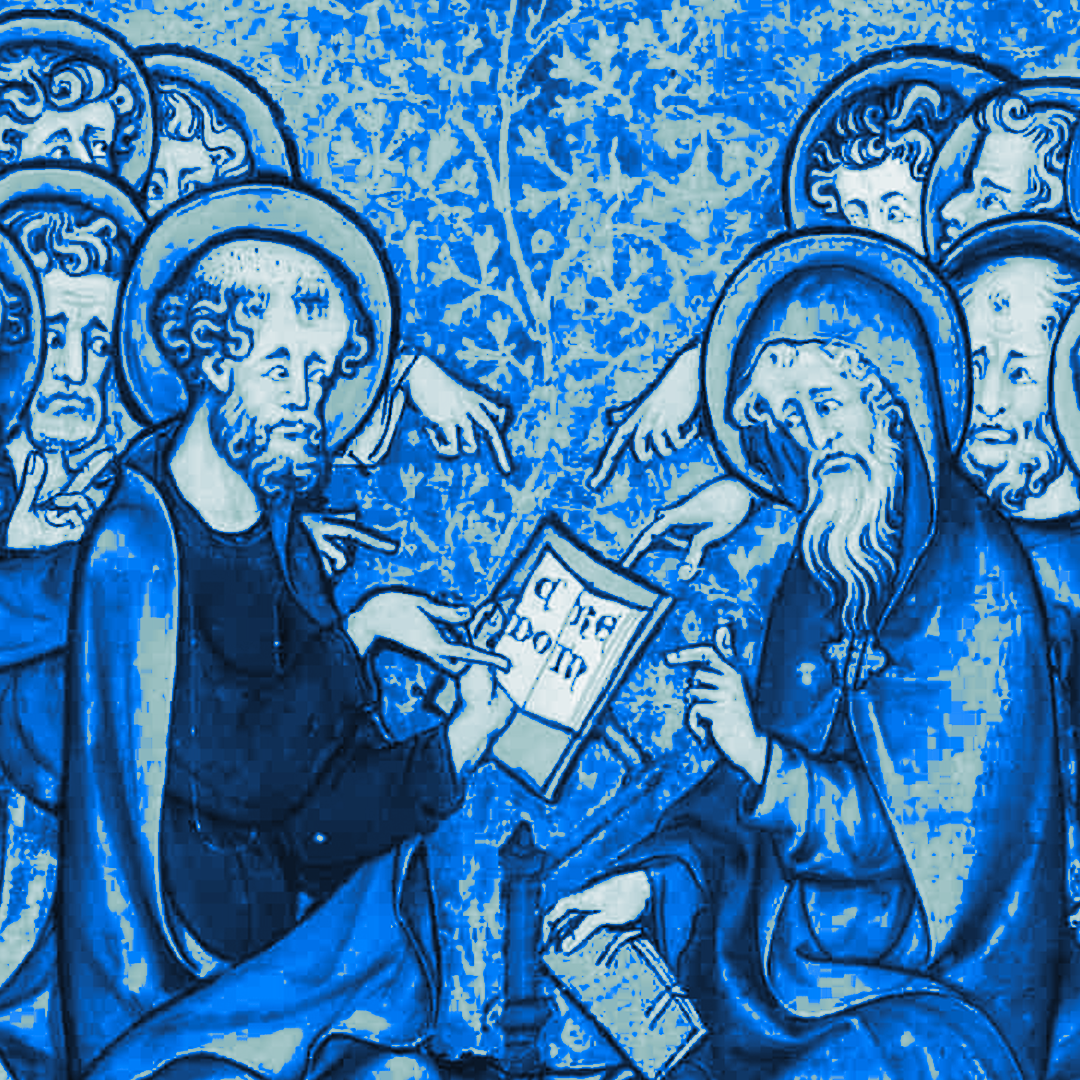The creeds are fundamental declarations that summarize and protect the Christian faith, guiding the Church in the correct interpretation of Scripture and in defense against false doctrines. The historic Church recognizes four orthodox creeds: the Apostles’, the Nicene, the Chalcedonian, and the Athanasian. These creeds remain a firm foundation for proclaiming, teaching, and living the truth revealed by God.
The Apostle’s Creed
I believe in God, the Father almighty,
maker of heaven and earth;
And in Jesus Christ, his only Son, our Lord;
who was conceived by the Holy Ghost,
born of the Virgin Mary,
suffered under Pontius Pilate,
was crucified, dead, and buried.
He descended into hell.
The third day he rose again from the dead.
He ascended into heaven,
and sitteth on the right hand of God the Father almighty.
From thence he shall come to judge the quick and the dead.
I believe in the Holy Ghost,
the holy catholic Church,
the communion of saints,
the forgiveness of sins,
the resurrection of the body,
and the life everlasting. Amen.
What is a creed?
A creed is a clear and summarized declaration of faith.
It comes from the Latin symbolum, which means “belief.”
God commanded the people of Israel to memorize and declare His Word (Deut. 11:18-21).
The creeds help engrave in the heart what we believe with all our mind, soul, and strength.
Purposes of the Creeds
1️⃣ To proclaim and protect essential truths:
They affirm what the Church has always believed about God, the world, and the gospel.
Jesus said: “Blessed are those who have not seen and yet have believed” (John 20:29).
Believing without seeing demonstrates faith based on revelation, not on complete evidence.
2️⃣ To provide the correct interpretation of the Scriptures:
The Bible cannot be interpreted in isolation — it requires the context of the Church.
Example: Philip and the Ethiopian in Acts — the Ethiopian was reading but did not understand until the Church (Philip) guided him.
All correct doctrine is born from the correct interpretation of the Word.
Doctrinal literacy leads to better biblical literacy.
Many groups use the Bible (Mormons, Jehovah’s Witnesses, etc.) but misinterpret the message.
3️⃣ To bear witness to the faithful tradition of the Church:
2 Thess. 2:15 exhorts us to hold firmly to the doctrines taught, whether by letter or by word.
The creeds are part of the oral and written tradition faithfully transmitted by the Church.
Not all tradition is bad; there are holy traditions that preserve the true faith.
What do the creeds mean?
They mean accepting as truth what God has revealed, and living according to it.
1 Timothy 6:20-21: Paul exhorts to guard what has been entrusted and avoid false teachings disguised as knowledge.
A creed is not only something that is recited, but an expression of commitment to the revealed truth.
The Four Creeds Accepted by the Church
Primary
1️⃣ The Apostles’ Creed
Early in character.
Summarizes the Christian faith in a simple form.
Used by the early Church in initiation rituals and basic teaching.
2️⃣ The Nicene-Constantinopolitan Creed
Drafted in the Councils of Nicaea (325 A.D.) and Constantinople (381 A.D.).
Affirmed the full divinity of Jesus Christ and of the Holy Spirit.
Rejected heresies such as Arianism.
Secondary
3️⃣ The Chalcedonian Creed
Formulated at the Council of Chalcedon (451 A.D.).
Defines that Jesus Christ is one person with two natures: fully God and fully man.
Rejects the idea that Jesus was a mixture or alteration of nature.
4️⃣ The Athanasian Creed
Written between the 4th and 5th centuries, attributed to Athanasius.
Emphasizes the Trinity: one God in three persons.
Also emphasizes the dual nature of Christ as true God and true man.
What do we do with the creeds today?
They are not just ancient formulas; they remain living guides for teaching, worship, and faithfulness.
They are a way of joining in the global and eternal confession of the Church of all times.

